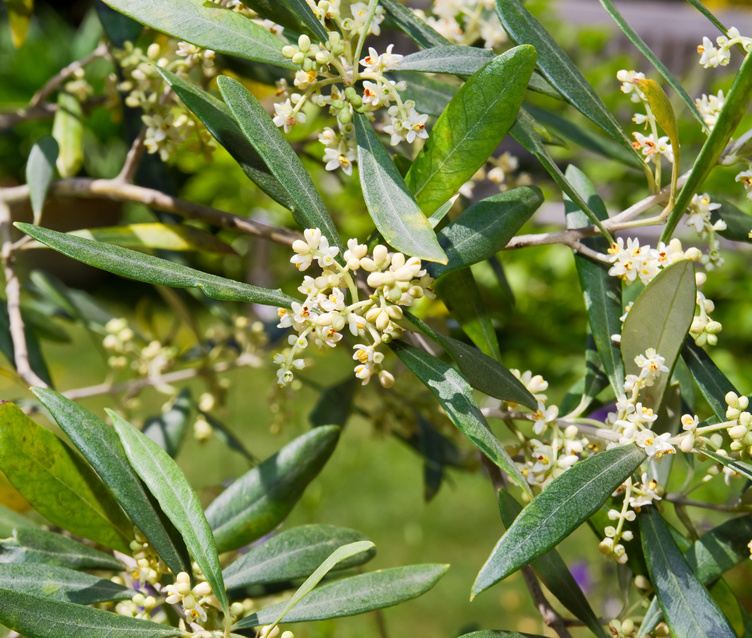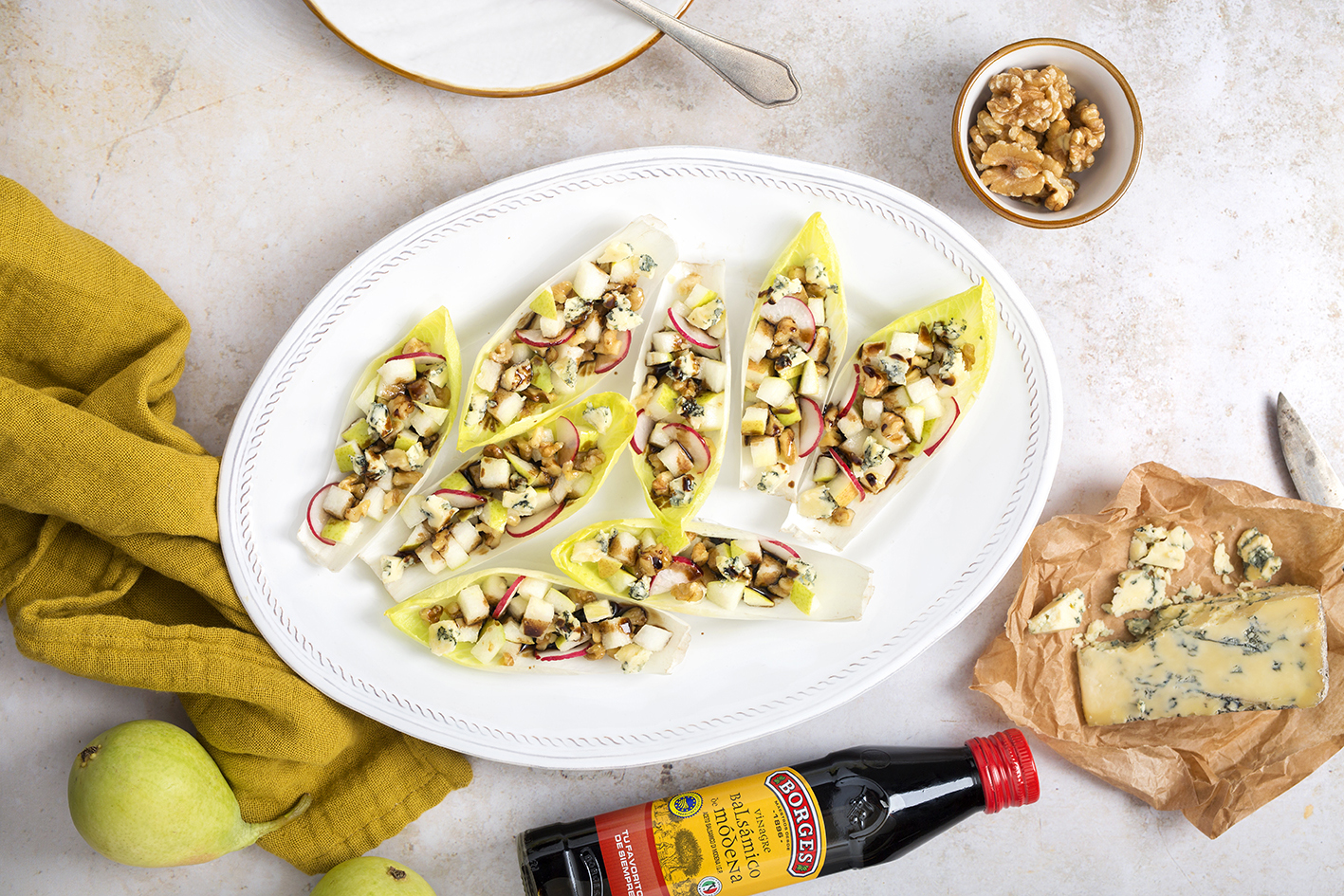It’s got a broad crown and a thick, short, gnarled trunk. It bears olives as its fruit.
What else do you know about this amazing tree? We covered some interesting facts about this species in the article 5 things you (might) not know about olive trees and here are five more things every lover of extra-virgin olive oil ought to know:
The cultivated olive tree comes from the wild olive tree, which is smaller and bushier, with thorny branches.
It bears fruit similar to olives, but smaller. It is found in Mediterranean areas and, although it adapts well to different soils and high temperatures, it is very sensitive to frosts.
It was believed to be an immortal tree.
For the first ten years of its life, the olive tree’s trunk is flat and grey. It then starts to knot and darken in colour. It has a root system near the surface and when it falls ill it produces offshoots to survive. That’s why in Classical Antiquity it was believed to be an “immortal tree”.
It has small, whitish, feathery flowers arranged in clusters on short branches.
It flowers between April and June, depending on the variety, area, climate and the like. This process culminates when the fruit sets to form the drupe, i.e. the olive.
What does it need?
Olive trees grow well in Mediterranean soils with little rainfall. They are resistant to drought and can survive temperatures below -10 ºC and above 40 ºC. However, they do need light and air currents. This hardy tree has been known to live for over a thousand years.
Over 200 varieties.
More than 262 varieties of olive trees have been counted in Spain alone. Each one has adapted to a certain climate and terrain, although they are not all of the same quality. This leads to a wide range of different olives, each with their own size, colour and nuances of aroma and flavour. The gordal olive, from Seville, for example, is the biggest, while the arbequina is the smallest.


